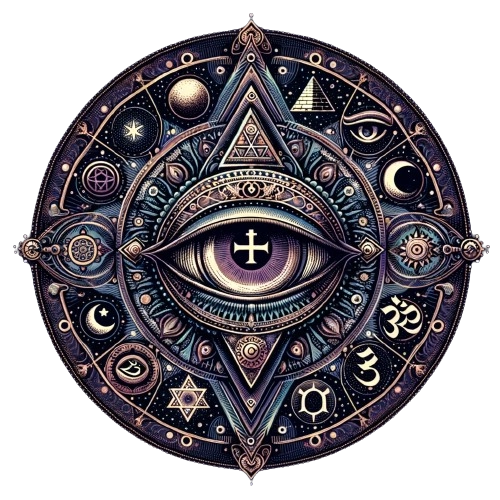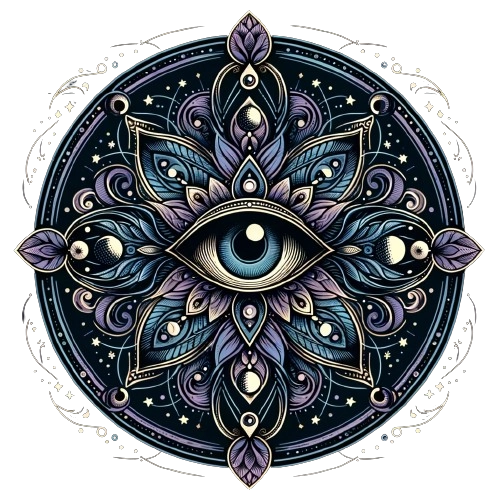
- Published on
- Authors

- Name
- You
The Hierophant Card: Tradition and Spiritual Guidance
Introduction
The Hierophant card, also known as the High Priest, stands as a gateway between the divine and the mundane. It carries significant weight in both traditional Tarot readings and modern spirituality. This article delves into its historical roots, symbolic meanings, and contemporary relevance.
Historical Roots
The Hierophant card has deep connections to various cultural and religious traditions. Originally stemming from the Greek word "hierophantes," meaning "one who reveals sacred things," the card has always signified a mediator between the divine and humanity.
| Cultural Context | Symbolism |
|---|---|
| Ancient Greece | Priest of Eleusinian Mysteries |
| Medieval Christianity | Pope or High Priest |
| Modern Tarot | Guardian of Tradition |
Symbolic Meanings
At its core, the Hierophant embodies institutional wisdom and spirituality. The card is adorned with symbols that reinforce these themes:
- Triple Crown and Keys: Symbolize the Hierophant's dominion over the spiritual and earthly realms.
- Throne and Pillars: Representing stability and structure in spiritual practice.
- Teaching Gesture: Indicates the transmission of sacred knowledge.
| Symbol | Meaning |
|---|---|
| Triple Crown & Keys | Spiritual authority and connection to the divine. |
| Throne & Pillars | Stability and foundation in spiritual teachings. |
| Teaching Gesture | Communication and sharing of institutional knowledge. |
Spiritual Guidance and Tradition
The Hierophant card is a beacon of tradition and spiritual guidance. It underscores the value of:
- Rituals: Encouraging adherence to established spiritual practices that connect us to our heritage.
- Mentorship: Seeking wisdom from spiritual leaders or guides who can offer insight based on experience and knowledge.
- Discipline: Emphasizing the importance of disciplined approach in spiritual growth.
Institutional Knowledge in Modern Tarot Practice
In contemporary Tarot readings, the Hierophant often signifies the need for structure and conformity within a spiritual framework. It might suggest involvement with educational or religious institutions, adherence to societal norms, or the pursuit of formal knowledge.
Practical Application
- For Personal Growth: Engage with structured learning or spiritual practices to gain deeper insights.
- In Relationships: Seek advice from wise, experienced figures or traditional counselors.
- Career Guidance: Look towards established institutions for growth and support.
Conclusion
The Hierophant card is a rich tapestry of tradition, wisdom, and spiritual guidance. Its roots in ancient and modern practices offer a profound reservoir of knowledge that can be tapped into for personal and communal growth. By embracing the teachings of the Hierophant, one can navigate the complexities of both the spiritual and material worlds with clarity and purpose.
Further Reading
For those interested in delving deeper, consider exploring the following:
- "The Tarot: History, Symbolism, and Divination" by Robert M. Place
- "Seventy-Eight Degrees of Wisdom: A Book of Tarot" by Rachel Pollack
- "The Sacred Wisdom of the Hierophant" by Dolores Ashcroft-Nowicki
Embark on a journey with the Hierophant card, and let its wisdom guide you through the labyrinth of tradition and spiritual enlightenment.
